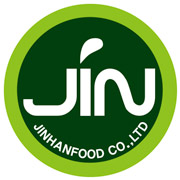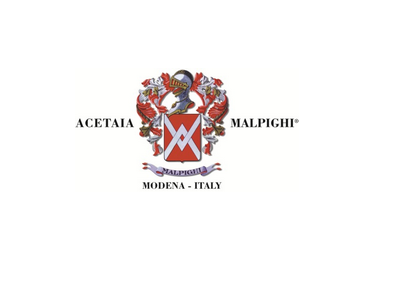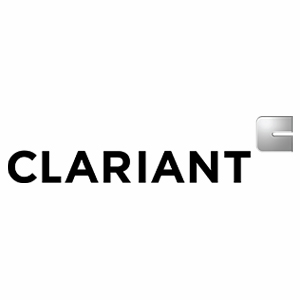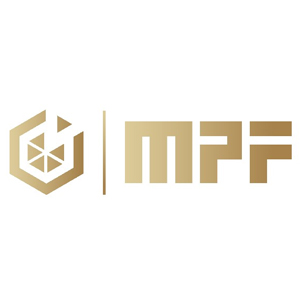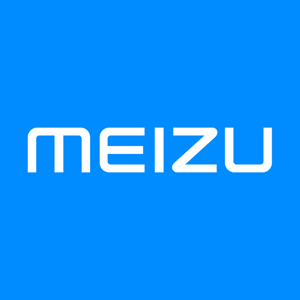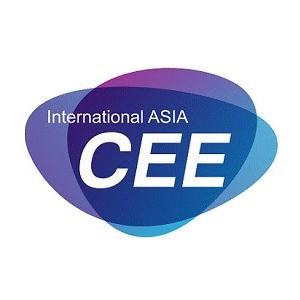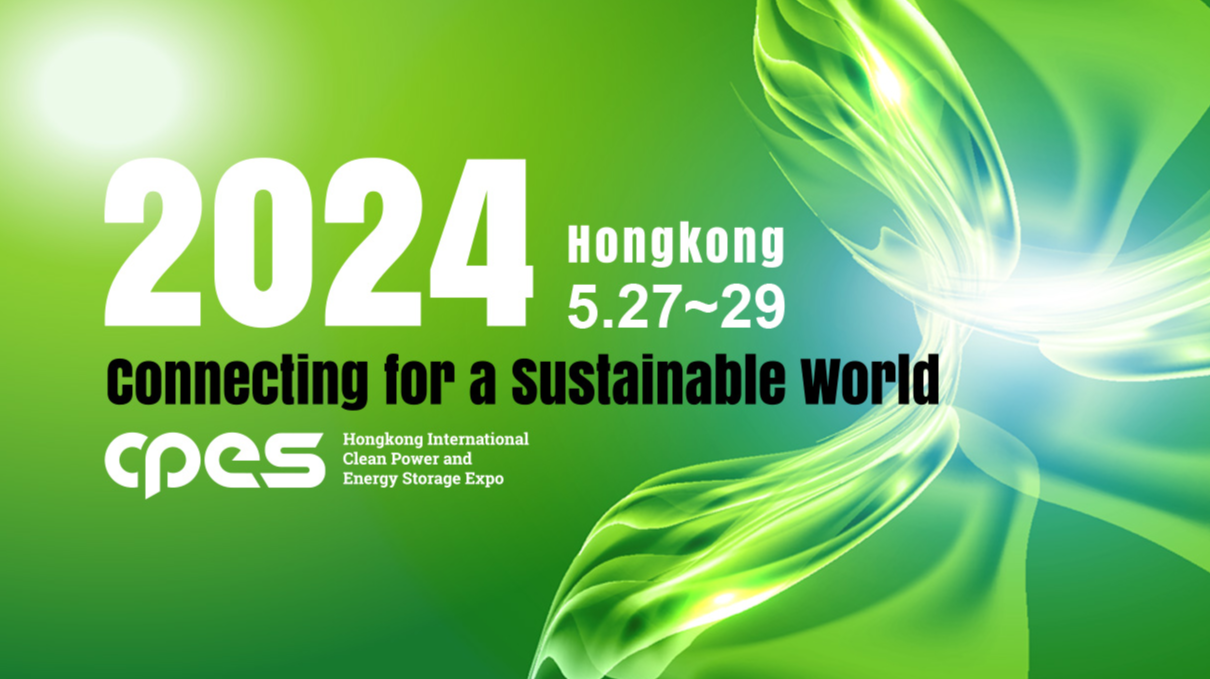Background
Global Integration
With the development of global economic integration, contacts among regions become more and more intense. Globalization is a trend of development with which the world is marching into the integration of mutual dependence, it won’t be changed.
The age of clean energy technology manufacturing is coming.
The energy world is at the dawn of a new industrial age – the age of clean energy technology manufacturing – that is creating major new markets and millions of jobs but also raising new risks, prompting countries across the globe to devise industrial strategies to secure their place in the new global energy economy.
The global market for key mass-manufactured clean energy technologies will be worth around USD 650 billion a year by 2030 – more than three times today’s level – if countries worldwide fully implement their announced energy and climate pledges. The related clean energy manufacturing jobs would more than double from 6 million today to nearly 14 million by 2030 – and further rapid industrial and employment growth is expected in the following decades as transitions progress.
China's leadership in the global supply chain
China is the leading global supplier of clean energy technologies today and a net exporter for many of them. China holds at least 60% of the world’s manufacturing capacity for most mass-manufactured technologies (e.g. solar PV, wind systems and batteries), and 40% of electrolyser manufacturing. Europe is generally a net importer, except for wind turbine components; about one-quarter of electric cars and batteries, and nearly all solar PV modules and fuel cells are imported, mostly from China. For solar PV, China supplies equipment directly to all markets except North America. The United States imports two-thirds of its PV modules, primarily from Southeast Asia, where Chinese companies have been actively investing.
 Pages you might like
Pages you might like








 Exhibitions you may be interested in
Exhibitions you may be interested in
 Latest information
Latest information
 Follow official account
Follow official account
 Online support
Online support
 鄂ICP备2022017323号
鄂ICP备2022017323号
 鄂公网安备 42018502006493
鄂公网安备 42018502006493
 Launch Exhibition
Launch Exhibition
 Release information
Release information



 Today's topic
Today's topic





